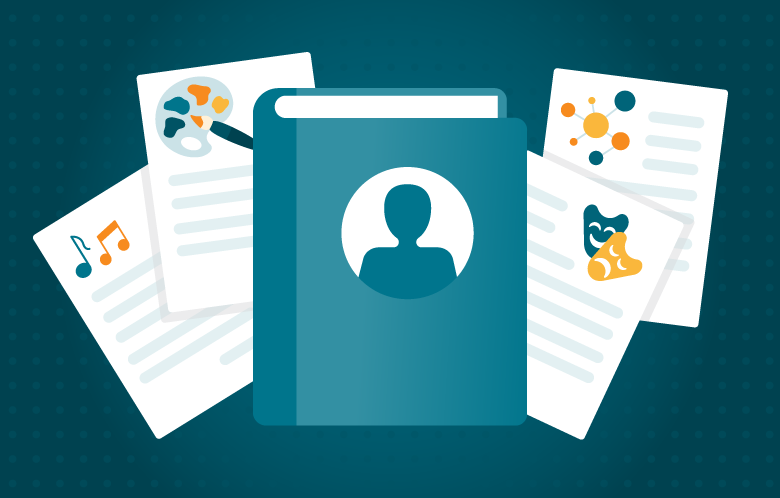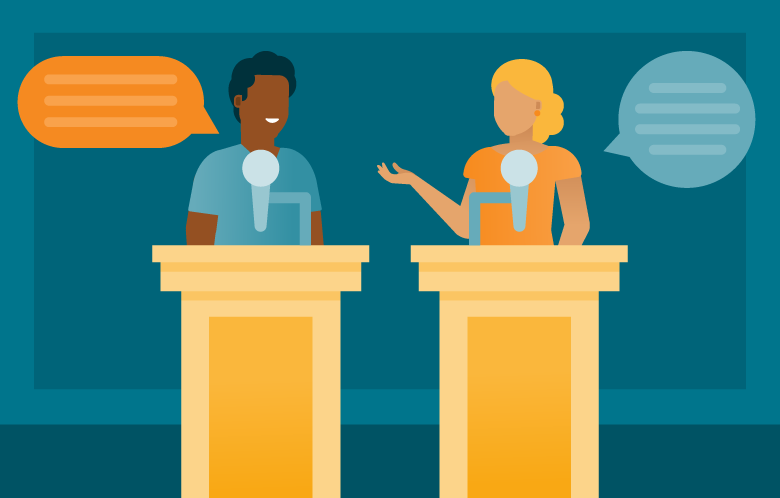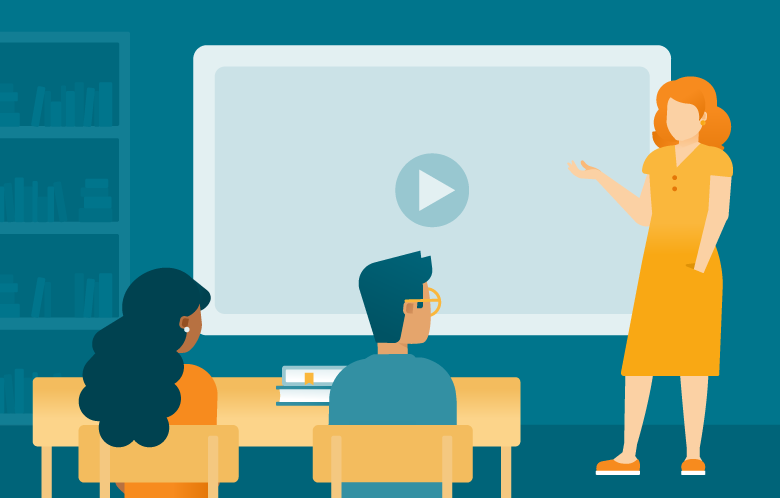In today’s digital age, students have unprecedented access to information. However, this abundance of online resources also brings challenges — most notably the prevalence of unreliable or biased content. One of the most popular sources students turn to for biographical research is Wikipedia. While Wikipedia is a helpful starting point, it’s not always the most credible resource. Therefore, it is essential for librarians to guide students toward using research databases and authoritative sources to conduct more accurate and comprehensive biographical research.
Why Wikipedia Isn't Enough
Wikipedia has its advantages: it’s free, easily accessible, and offers a general overview of many subjects. However, its open-editing nature means that anyone — even those without expertise — can alter its content. While articles are reviewed by volunteers, they might include unverified details or cite sources that lack credibility.
This becomes particularly problematic when students rely on Wikipedia as their only source for biographical information — an area where details often vary due to conflicting sources, missing primary records, evolving historical interpretations, or rumors that blur the line between fact and fiction. Even Wikipedia itself advises caution when using its entries for research, noting that its articles are a starting point, not a final authority.
Instead, students need access to reliable sources — written by experts and backed by solid evidence — to build a more accurate and complete understanding of the figures they’re researching.
The Role of Research Databases in Biographical Research
Library research databases provide students with access to a wealth of trustworthy information about historical and contemporary figures. Reference materials include articles from peer-reviewed magazines and journals, books, primary sources and educational videos — far more than what Wikipedia can offer. By introducing students to these databases, librarians can help them understand the difference between popular and scholarly sources and guide them toward more accurate, in-depth research.
Biography Reference Ultimate, for example, provides comprehensive biographical entries crafted by professional writers and rigorously edited. These entries often reference primary source documents such as interviews and speeches, ensuring students have access to factual, high-quality information.
Teaching Students to Use Reputable Sources
- Introduce Research Databases Early
The first step in helping students move beyond Wikipedia is to introduce them to research databases. Many school and public libraries subscribe to a variety of educational databases that provide access to reliable articles and primary sources. Show students how to navigate these resources and provide searching strategies for pinpointing credible biographical information.
- Encourage Topic Browsing for Effective Research
Instead of relying solely on keyword searches, students can browse topic categories in research databases such as Biography Reference Ultimate. These categories group figures by profession — such as athletes, musicians or explorers — and then break them down further into sub-categories. For example, the category Musicians subdivides into rock, country, hip hop, classical and more. This allows students to explore related figures within a specific field, providing a more focused and nuanced approach to their research. Topic browsing can help students discover connections and deepen their understanding of a particular personality, subject or era.
- Compare Sources for Credibility
Show students how to compare sources for reliability and bias. Encourage them to examine the qualifications of authors, the reputation of the publication, and the date of publication to ensure they are using the most credible and up-to-date information.
- Incorporate Primary Sources
Teach students how to search for primary sources related to the figures they are studying. Primary sources — such as letters, speeches or autobiographies — give students firsthand insights into a person’s life and experiences, offering a depth of understanding that secondary sources cannot provide.
- Demonstrate the Importance of Citation
Teach students how to properly cite sources from library databases. Unlike Wikipedia, where citation practices vary, the academic sources found in research databases typically adhere to specific citation styles, ensuring consistency and credibility. Students can avoid plagiarism by using a database’s built-in citation tool to create their bibliography or works cited page.
The Librarian's Role in Encouraging Authoritative Research
Librarians play a vital role in helping students navigate today’s overwhelming sea of information. By introducing academic sources and research databases, they guide students toward the credible content necessary for thorough and accurate biographical research. Exploring authoritative resources beyond Wikipedia cultivates critical thinking, academic integrity and digital literacy — skills that benefit students far beyond the classroom. This approach not only enhances the quality of their work but also helps them develop essential research, information literacy and social emotional learning skills.
With a trustworthy reference database and the right guidance, students can uncover the rich, multi-dimensional stories behind historical and contemporary figures — stories that go far beyond what a single Wikipedia entry can provide.



